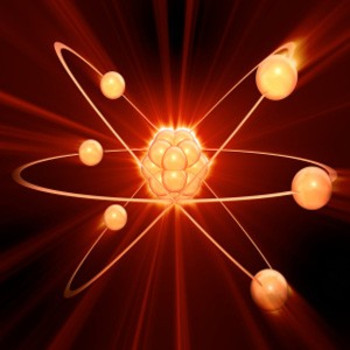Why does the lack of ATP in muscle cells cause the muscles to become rigid rather than limp soon after death?
1 Answer
Because ATP is needed to pump back calcium in endoplasmic reticulum (=sarcoplasmic reticulum) before the muscle cells can relax.
Please also revise lessons on sliding filament theory of contraction.
Explanation:
It is indeed quite counterintuitive, because ATP is always associated with 'action'. This is different for muscles, so let us first take a quick look at how muscles work.
- impulse delivered by a motor neuron causes depolarisation of cell membrane of muscle fibre
#-># calcium channels in the sarcoplasmic reticulum open#-># calcium flows into the sarcoplasm of muscle fibre - calcium ions help in removing troponin molecules from active sites of actin
#-># myosin heads are able to form crossbridge with actin#-># muscle fibre contracts - the muscle stays in contracted state till the nervous stimulus is withdrawn and until
#color(blue)"ATP"# is available to supply energy for crossbridge formation#-># ATP is spent to change the orientation of myosin head which helps in sliding actin filament during contraction - once stimulus is withdrawn resting potential is reatored
#-># #color(blue)"ATP"# is used to actively pump calcium ions back into sarcoplasmic reticulum i.e. out of the cell cytoplasm (=sarcoplasm) - troponin returns to occupy active site of actin
#-># myosin heads are not able to interact with actin anymore#-># there is relaxation of muscle fibre
Knowing all this, the rigidity of muscles after death (rigor mortis) can easily be explained: when breathing and circulation stop, muscles become oxygen deprived and can't generate ATP aerobically. They might switch momentarily to anaerobic respiration, but they will soon lack sufficient amounts of ATP.
Due to the lack of ATP, step 4 and 5 can't be carried out:
the calcium ions can't be pumped back in endoplasmic reticulum
Contracted muscles cause rigor mortis which sets in within a couple of hours of death. It lasts for days in freezing cold conditions; but in tropical condition body putrefies as necrosis of cells, as well as microbial decomposition starts after 24 to 36 hours of death.

